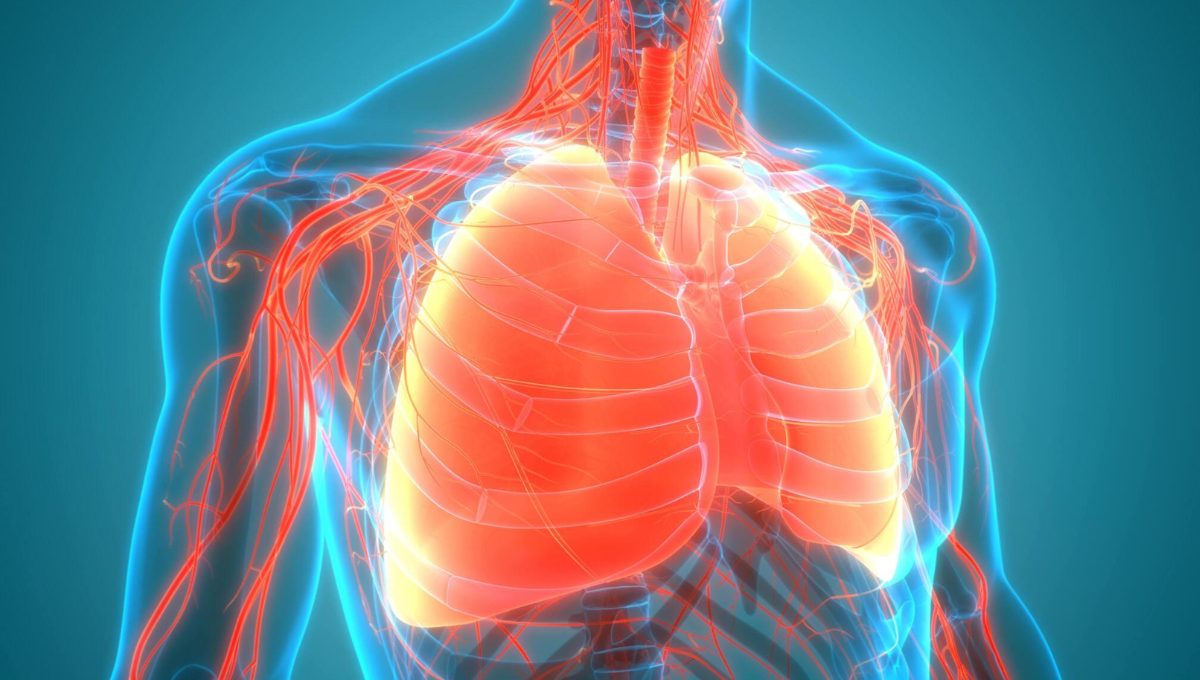Effectiveness of Stem Cell Therapy For Lung Diseases Explained
Lung diseases like chronic obstructive pulmonary disorder (COPD), fibrosis, and pneumonia have a significant impact worldwide. These respiratory diseases can result in protracted illness and severe breathing problems requiring long-term medications and even hospitalization. Medical researchers are investigating regenerative medicine approaches for treating lung diseases.
Stem cell therapy is one of the most significant scientific breakthroughs in the medical field, making healthcare professionals and patients eager to explore its efficacy in treating chronic respiratory disorders.
Find out in detail about stem cell therapy for COPD, benefits, current status and progress of clinical trials, risks, and more.
Table of Contents
- What is Lung Disease or Chronic Obstructive Pulmonary Disorder?
- Role of Stem Cell Therapy for Lung Diseases
- Where do Stem cells for lung treatment come from?
- Benefits of stem cell therapy for COPD
- Cautions on Stem Cell Therapy for Lung Disease
- Current Status and Future of Stem Cells for Lung Diseases
What is Lung Disease or Chronic Obstructive Pulmonary Disorder?
Chronic Obstructive Pulmonary Disease (COPD) is a group of lung disorders that inhibit the lung’s functional abilities, resulting in shortness of breath, coughing, and fatigue. COPD damages the airways or other specific regions in the lungs, blocking airflow and causing difficulty breathing.
In people with COPD, the lungs get clogged and damaged due to increased mucus formation in the airways and inflammation in the bronchi walls. Experts believe excessive smoking and long-term exposure to pollutants and airborne irritants are two primary reasons for COPD.
Role of Stem Cell Therapy for Lung Diseases
Lung disease, or COPD, is a prevalent health issue with a rapid rise in cases in the post-pandemic era. Currently, there is no definitive cure for lung diseases; however, with healthy habits like quitting smoking, exercising regularly, and maintaining a proper diet, one can manage the symptoms of COPD.
Multiple studies on stem cells have recently demonstrated their effectiveness in reducing lung inflammation and improving its functional capacity to breathe air in and out. Stem cell administration in the infected lung prevents further damage to lung cells and promotes the growth of healthy cells to replace the damaged cells.
Read Also: Stem Cell Basics: What They Are And How Do They Work
Where do stem cells for lung treatment come from?
The adult human body is a rich source of stem cells as they exist in various organs and tissues such as bone marrow, adipose or fat tissue, liver, skin, and even teeth. Apart from adult stem cells, mesenchymal stem cells isolated from the human umbilical cord tissue are another great source of pluripotent stem cells.
Clinicians are studying stem cells’ therapeutic potential in treating COPD, primarily focusing on human umbilical cord tissue-derived mesenchymal stem cells (HUCT-MSCs) because of their abundance of supply and ease of collection.
HUCT-MSCs are ideal for stem cell therapy for COPD because these are pluripotent cells, meaning they can turn into any cell type and regrow cells to heal the diseased area. They can transform into lung, heart, nerve, blood, bone, skin, and cartilage cells.
Benefits of Stem Cell Therapy for COPD
The path for choosing cell-based therapy has become more desirable for patients with COPD and other chronic lung diseases because existing treatment protocols are expensive and complicated, such as lung transplant or ventilation.
On the contrary, stem cell treatment is a less invasive and cost-effective solution, making it a preferable alternative for patients. The therapeutic benefits that cellular therapies for lung diseases offer are discussed below:
- Reduces inflammation – The stem cells are rich in anti-inflammatory properties, which help reduce the inflamed bronchi walls and clear the airways for breathing.
- Immune system regulation – HUCT-MSCs heal damaged lung tissues by modulating immune responses and preparing a healthy environment for tissue repair and regeneration.
- Promotes angiogenesis – The new stem cells that enter your body through the therapy promote the growth of new blood vessels, which better transport oxygen to and from the lungs to the circulatory system.
- Improves breathing – Stem cells differentiate into lung cells and multiply to develop connective tissues and membranes forming the air sac lining. Healthy air sacs support healthy breathing by efficiently circulating oxygen and removing carbon dioxide while breathing out.
Besides, stem cell therapies aim to provide long-lasting outcomes, and patients can see a sooner reduction in their primary symptoms, such as lung inflammation and shortness of breath. However, the body can take three to six months to achieve peak improvement post-therapy.
Read Also: Healing Power Of Stem Cell Therapy: A Comprehensive Guide
Cautions on Stem Cell Therapy for Lung Disease
Despite the promising potential of regenerative medicine for lung diseases, several risks still exist. Firstly, in cases where stem cells are collected from a patient’s body, it carries a risk of reintroducing diseased or damaged cells. Secondly, if cells are taken from a donor, there is no guarantee that the patient’s body will accept the cells. There is always a chance of cell rejection. The donor must undergo several blood examinations and HLA matching to ensure genetic compatibility. Still, no 100% matching is guaranteed.
The best way to avoid such risks is to get stem cell therapy from centers that utilize human umbilical cord tissue-derived stem cells. These cells are isolated from the cord blood following healthy births and have high proliferation capabilities and differentiation potential.
Current Status and Future of Stem Cells for Lung Diseases
Several research studies examine stem cell treatments for lung problems and chronic disorders. Among the multiple areas of studies, the most promising topic focuses on the efficacy of stem cells in treating chronic obstructive pulmonary disorder (COPD) and pulmonary fibrosis.
In COPD, stem cell therapy using umbilical cord tissue-derived mesenchymal stem cells is safe and reliable. It improves lung function, reduces inflammation, and slows disease progression. Studies have also found that cell-based therapy enhances the quality of life for COPD patients.
Various clinical research is studying new ways to understand how lungs work and how to treat lung diseases. Scientists are especially interested in cells called endothelial progenitor cells and mesenchymal stem cells. They’re testing these cells in clinical trials for conditions like pulmonary hypertension and COPD, and they’re planning more studies to learn even more.
Key Takeaway
Stem cell treatment is better than traditional treatment approaches in treating lung disease. Conventional methods are associated with prolonged side effects and involve high costs. Stem cells naturally promote tissue repair and regeneration and improve functions impaired by the disease. The newly administered stem cells regenerate damaged cells and set up a healthy microenvironment to stimulate the release of growth factors and cytokines to boost tissue regeneration.
Are you planning to get stem cell therapy? Life Altering Stem Cell Therapy Institute is a renowned clinic for affordable stem cell therapy in Mexico. Post COPD treatment at our institute, patients have reported immense reduction in cough, shortness of breath, and improvement in stamina. They have even gained emotional stability with the alleviation of symptoms and happily returned to everyday life after a few days of the treatment.
Please book a consultation with our medical experts to learn more about stem cells and determine your eligibility for stem cell therapy.


